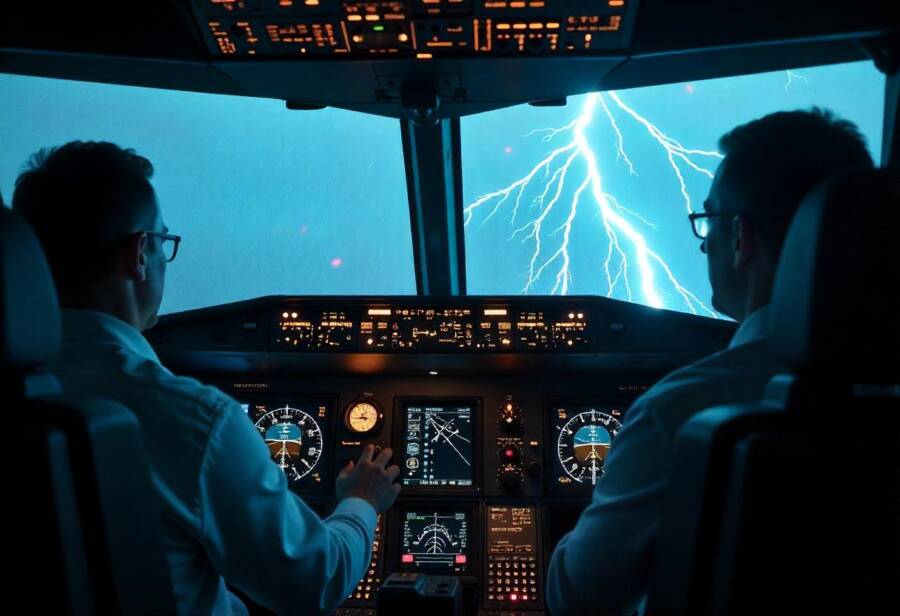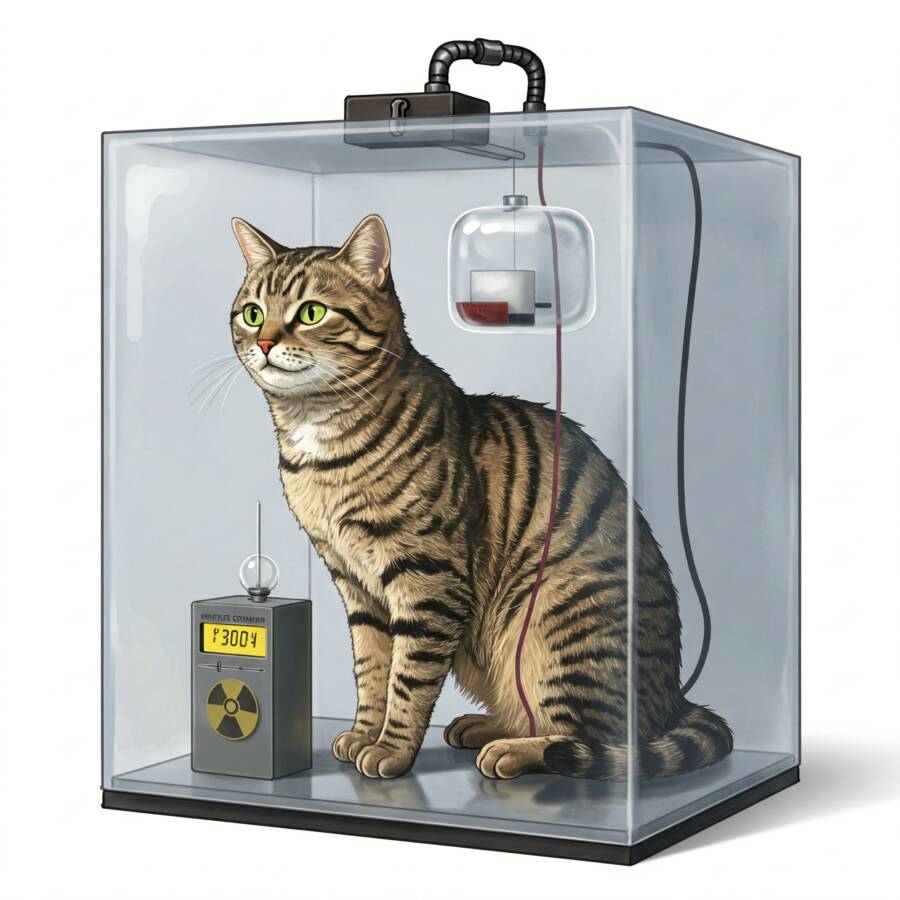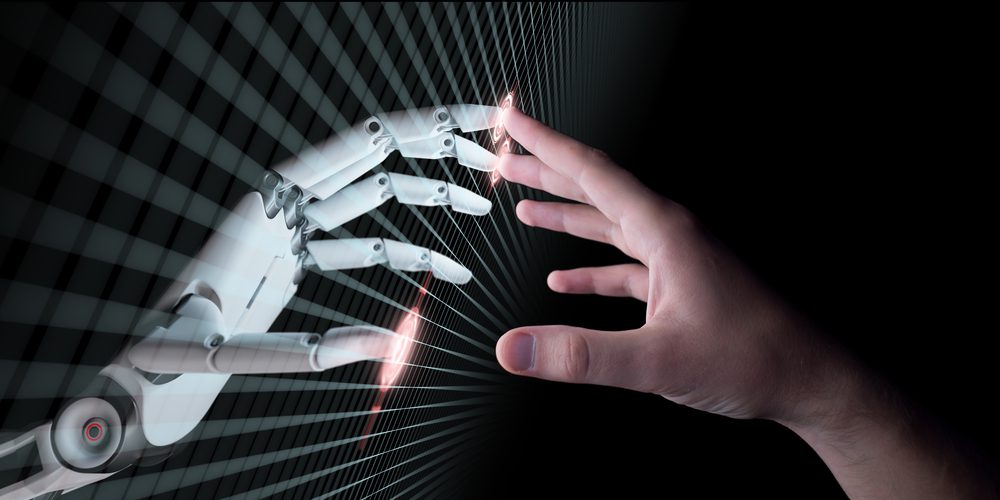A nuclear meltdown is worse than an atomic bomb!
We all know what happened to Hiroshima and Nagasaki, as well as Chernobyl, was terrible. All the catastrophic repercussions of a nuclear meltdown took away so many lives we won’t even mention because these tragic events inflicted some scars on our history that we will never forget. What’s the process behind that?
We know that certain other places don’t have the same conditions, such as in and around the Ukrainian city of Pripyat, which was abandoned after the Chernobyl nuclear disaster in 1986 and was infamously made completely uninhabitable. But why is it off-limits while Hiroshima and Nagasaki in the present day are thriving?
In the following lines, let’s see the difference between a nuclear bomb and a nuclear meltdown.
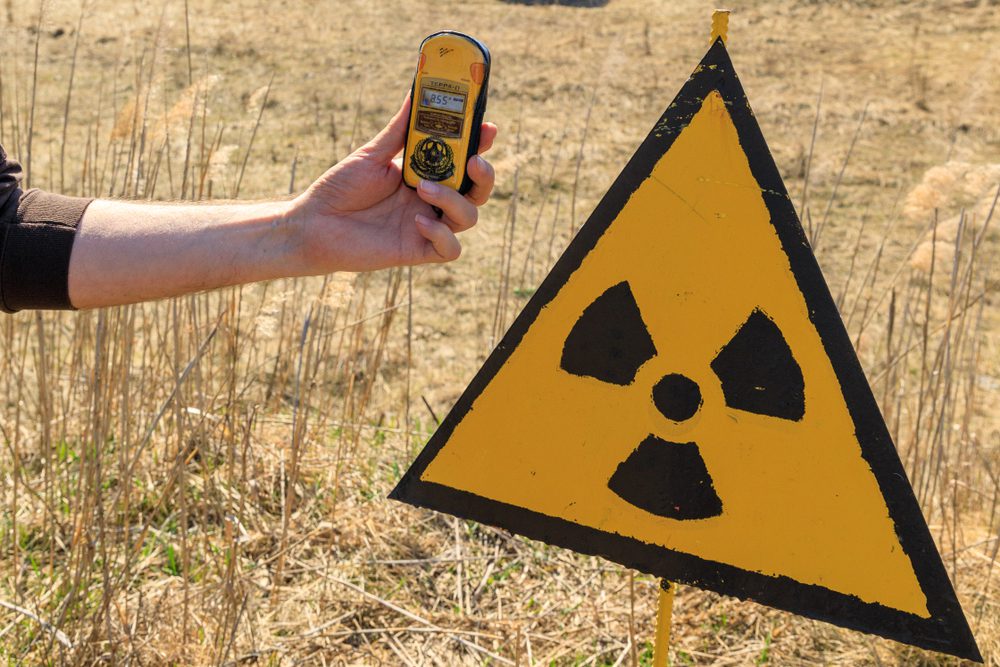
How is a nuclear reactor fueled?
I bet this is a question you might be thinking of, so let’s see how it works. The majority of nuclear reactors burn uranium fuel that has been “enriched” with uranium 235, an easily fissionable isotope of uranium. (Variants of elements with varying atomic masses are called isotopes.)
Fuel producers increase the uranium 235 percentage to a few percent since uranium 238 is far more prevalent in nature than uranium 235 but does not split well. This level of uranium (235) is sufficient to sustain a continuous fission process and produce power. Fuel rods consisting of enriched uranium are covered in a metal coating made of alloys like zirconium.
For example, at the Fukushima Daiichi nuclear power plant, reactor number three uses so-called mixed oxide (MOX) fuel, which combines uranium with additional fissile elements such as plutonium from spent reactor fuel or retired nuclear weapons.
How does a power plant work and how it can lead to a nuclear meltdown?
When you hear the words “nuclear meltdown,” you instantly panic and think about what happened in Chernobyl. And while this is perfectly normal, it’s important to know what happened before the disaster and how a power plant works. Imagine the nuclear reactor as a super-high-tech, immense kettle that is supposed to boil water to produce electricity.
They rely on nuclear fission, which is the breaking of an atom into two smaller atoms. This process produces heat and launches neutrons into the air. The atom becomes fragile and suffers fission itself, releasing extra heat and neutrons if one of these neutrons is taken up by another atom.
Now, going back to Chernobyl, sadly, the reactor of the power plant was built in a risky way that allowed for the reactor to heat up more if bubbles developed in the water coolant running past the core. This power instability began to manifest itself when water began to boil in specific areas of the reactor. Evidently, one of the operators became aware of this very unstable position and pushed the switch to put in the control rods and shut down the reactor.
Since then, I think we’ve learned our lesson because, in today’s world, a nuclear meltdown is no longer possible since modern reactors are built differently and graphite is no longer in their components.
Can you turn off a nuclear reaction?
This is a very good question, and here’s the scientist’s answer to it: The transfer of neutrons from one atom to another is necessary for sustained nuclear fission processes because the neutrons emitted during the fission of one atom cause the fission of the next atom.
Therefore, intercepting the neutrons is the only method to stop a fission chain reaction. Control rods used in nuclear reactors are constructed from materials like boron, hafnium, and cadmium. All three can absorb the neutrons.
Technicians can remotely insert control rods into the reactor core to absorb neutrons and stop the nuclear reaction when the reactor breaks or when controllers need to shut off the reactor for any other reason.
After the reactor is stopped, a nuclear meltdown can happen
Fuel rods continue to generate a lot of heat even after control rods have completed their task and stopped the fission process. Additionally, the already-divided uranium atoms create radioactive substance by-products that themselves emit a lot of heat. As a result, the reactor core still generates heat even when fissioning is not occurring.
Now, if the rest of the reactor is functioning accordingly, its pumps will continue to circulate water to moderate the heat from the core. A heated reactor core will constantly boil off the water around it without a consistent coolant supply until the fuel is completely covered. Fuel rods may start to melt if they are left exposed, and hot, radioactive fuel may collect at the bottom of the container housing the reactor.
In the worst-case scenario of a nuclear meltdown, the pool of hot fuel might melt through the steel containment tank and follow barriers intended to keep the radioactive material contained, releasing significant amounts of radiation into the environment.
Did the article about the nuclear meltdown make you even more curious about this topic? That’s awesome because we got the perfect book recommendation for you! The Atomic Bomb and the Origins of the Cold War is available in both Kindle and hardcover formats only on Amazon. We guarantee you won’t be sorry after you read it!
Can a nuclear meltdown be stopped?
The operators of the Japanese facility have tried a variety of methods to keep the reactors cold, such as pouring saltwater into the core of the reactor to top off the depleting cooling fluid. Boric acid, a neutron absorber, has also been injected by the Tokyo Electric Power Company into the reactors.
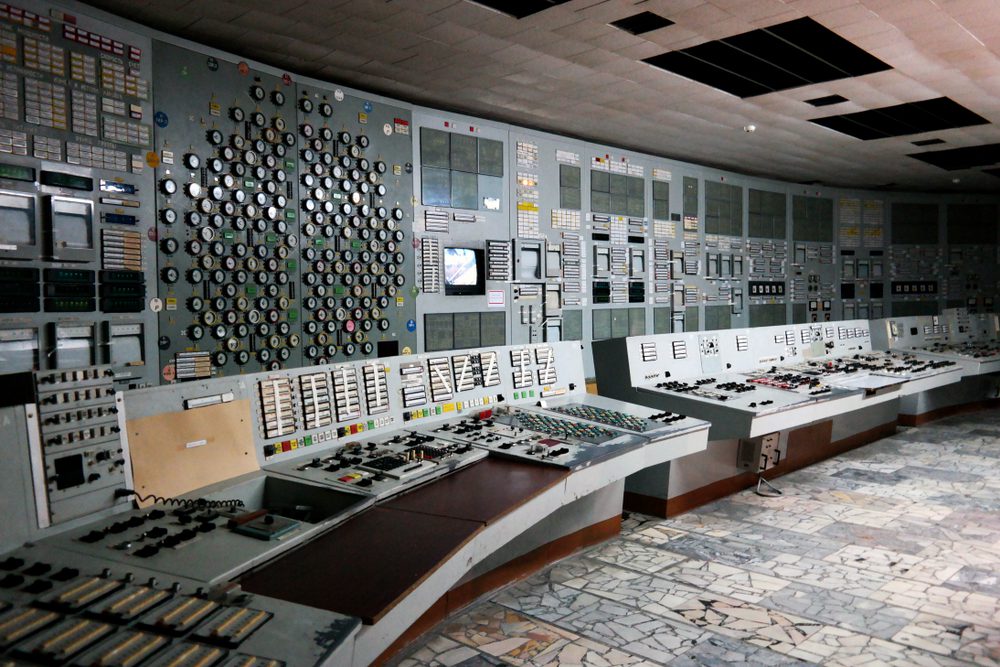
So, then what’s the difference between a nuclear weapon and a nuclear meltdown?
The physics of the strikes that were launched against the devastated cities allowed them to rise again today in large part. For instance, in Hiroshima, the nuclear weapon was really detonated at a point 580 meters (nearly 2000 feet) above the actual city. However, for Nagasaki, the explosion took place at a height of 500 meters (1650 feet). And instead of being ground bursts (like in Chernobyl), they were both air bursts.
The fact that both explosions had temperatures that were almost as hot as the surface of our sun is concerning. Now, the good thing if we can call it like that is that both nuclear bombs were at a significant distance above their targets and none of them touched the ground. An incident like that would have wiped out both cities in a matter of seconds.
In the Chernobyl case, the physics of the event was also the key to making it way worse and different than the Hiroshima and Nagasaki incidents. The location was on the ground, so it was easier for the radiation to spread. Even though the U.S.S.R. was trying to cover the incident, they had to evacuate the city because it was no longer safe for people to live there.
Let’s not forget that Prypiat’s power plant was very different from modern technology, so if that happened today, perhaps the disaster could have been easily avoided.
Bottom line
With all these being said, we must know that besides the disastrous consequences of the nuclear meltdown in Chernobyl, and the bombing in Hiroshima and Nagasaki, nuclear plants are present in over 30 countries in the entire world, and they provide 10% of the world’s electricity. In fact, the most dependable energy source in the United States is really nuclear energy.
Furthermore, 220 research reactors in more than 50 nations employ nuclear energy to create isotopes for industrial, medicinal, and educational purposes. Around 10% of the electricity used in Italy and Denmark comes from imported nuclear energy. Nuclear power stations produced 2653 TWh (terawatt-hour) in 2021 alone.
One TWh is equal to one trillion watts, while the typical home uses 893 kWh (kilowatt-hours) each month to put that number into context. You must also know that nuclear plants don’t harm our well-being or our health.
That’s it we hope you enjoyed reading about the nuclear meltdown and if you did don’t forget to hit that subscribe button! Before leaving check out another favorite article Unsolved Space Mysteries: 7 Enigmas That Have Baffled Science.

